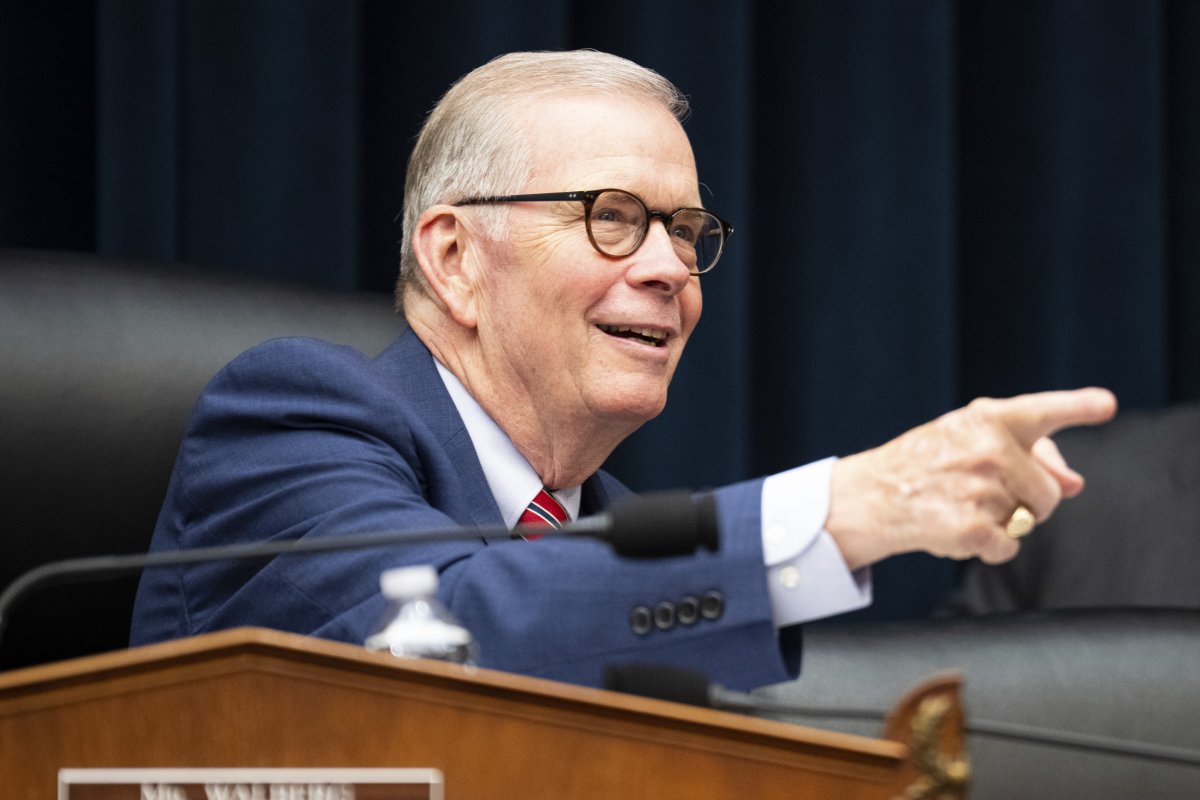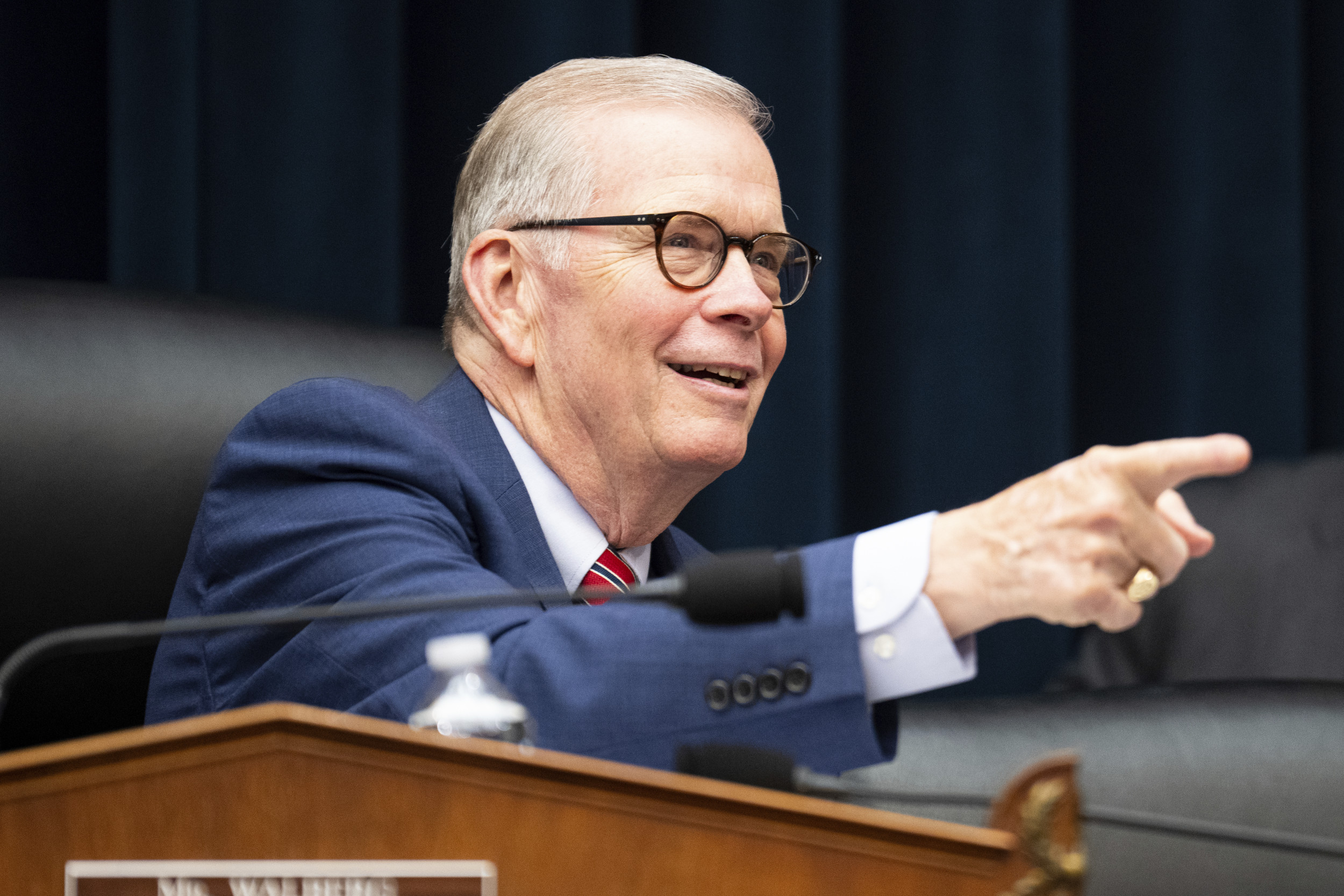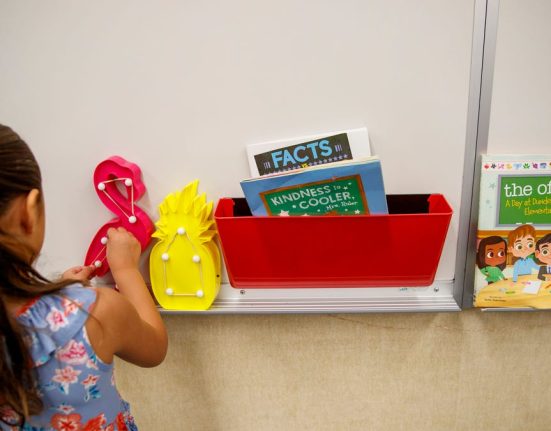The House Education and the Workforce Committee advanced a new proposal this week that, if enacted, could drastically reshape how Americans pay for college, with reforms to federal student loans and financial aid programs.
Why It Matters
More than 40 million Americans hold federal student loan debt, per Education Data Initiative.
For some, repayment of those loans hinges on income-based plans or the promise of eventual loan forgiveness. The Republican proposal could modify those existing provisions.
In a press release, Committee Chairman Tim Walberg, a Republican, said: “For decades Congress has responded to the student loan crisis by throwing more and more taxpayer dollars at the problem—never addressing the root causes of skyrocketing college costs.”

Bill Clark/CQ Roll Call via AP Images
What To Know
The Committee’s Student Success and Taxpayer Savings Plan aims to reform higher education and those who back it say it would save over $330 billion to help advance President Donald Trump‘s agenda, according to a press release.
The bill was marked up on Tuesday as part of the fiscal 2025 budget resolution. The legislation will now head to the full Budget Committee and if advanced would then by advance to the full House Floor.
If passed, the changes would reduce options for repayment plans, tighten access to income-driven repayment plans, revise eligibility rules for Pell Grants and more.
Changes to Pell Grant Requirements
One of the proposed changes targets Pell Grant eligibilities.
Pell Grants are the largest source of federal grant aid supporting college students, according to Congress. The bill would aim to address a shortfall in funding for those grants.
According to a version of the bill dated April 28, it would prevent eligibility for students that are enrolled less than half-time. For a student to be grant-eligible, they must have full-time enrollment of 15 credit hours.
A fact sheet from the Committee indicates that the bill will close “loopholes that allowed wealthy families with foreign income or large amounts of assets to still receive Pell Grants.”
The bill also references “workforce Pell Grants”, or short-term workforce training programs, that could benefit students enrolled in certain programs. The Bipartisan Workforce Pell Act, which aims to expand student eligibility for Pell Grants, was first introduced in December 2023.
Student Loan Changes
The bill proposes changes to how students borrow and repay federal loans.
The plan proposes borrowing caps for federal loans. Under the proposal, undergraduate students would face a borrowing cap of $50,000 in federal student loans in July 2026, while graduate students couldn’t take out more than $100,000, according to reporting by CNBC.
This would mark a departure from current policy, where loan limits vary based on factors like dependency status and year in school.
The proposal would also kill the Biden administration’s Saving on a Valuable Education (SAVE) plan, an income-driven repayment program aimed at helping low-income borrowers, according to reporting by USA Today. The SAVE plan is currently paused.
Fewer Repayment Options
One proposal in the bill would condense all existing repayment plans into just two.
One is a standard repayment plan with a fixed monthly payment. The other is the Repayment Assistance Plan, an income-based repayment program which would begin July 1, 2026. This IDR plan would replace income-driven plans for future borrowers and change how monthly payments are calculated, according to reporting by Forbes.
College Accountability Measures
The plan introduces performance-based accountability measures for institutions that participate in federal student aid programs. The bill includes measures to hold colleges financially accountable if students take out debt they cannot afford.
Further, according to a fact sheet, the bill requires colleges to pay portion of their students’ unpaid loans based on how much of a return on investment the degree provided. Institutions that continue to weigh their students with debt could face penalties, including risk to access of federal aid.
“Colleges have ridden this gravy train of taxpayer dollars without any accountability for the quality of the education they provide or whether students can find jobs when they graduate,” Walberg said. “This plan brings accountability and holds schools financially responsible for loading students up with debt.”
What Happens Next
The proposal now advances to the full House Budget Committee. If it advances it would then go to the full House for a vote. Any impact on student loans or grants will depend on whether the legislation continues to advance in the months ahead.







